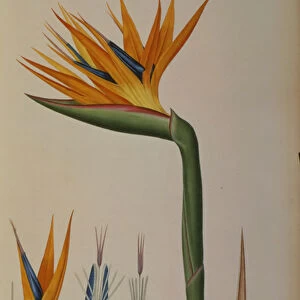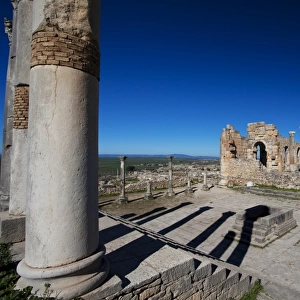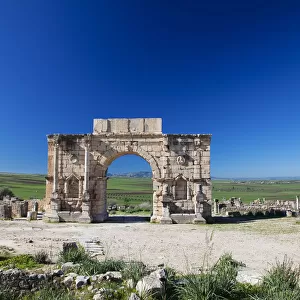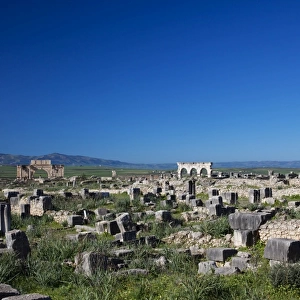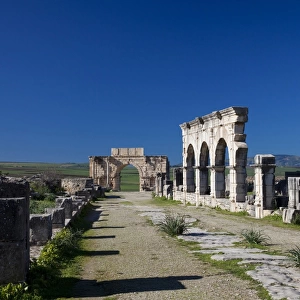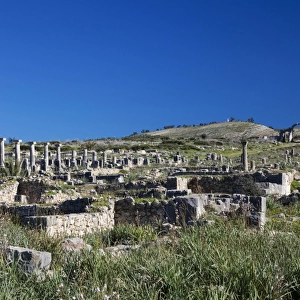Fucus agarum, kelp
![]()

Wall Art and Photo Gifts from Mary Evans Picture Library
Fucus agarum, kelp
Plate 75 from Fuci, or coloured figures and descriptions of the Plants referred by botanists to the genus Fucus (1808-1819), Volume II, by Mary Dawson Turner
Mary Evans Picture Library makes available wonderful images created for people to enjoy over the centuries
Media ID 8587199
© Mary Evans Picture Library 2015 - https://copyrighthub.org/s0/hub1/creation/maryevans/MaryEvansPictureID/10713225
Alga Algae Algal Brown Alga Brown Algae Chromalveolata Chromista Eukaryote Eukaryotic Fucaceae Fucales Fucus Heterokontophyta Kelp Laminariales Pacific Phaeophyceae Protist Protista
EDITORS COMMENTS
Plate 75 from Fuci, or Coloured Figures and Descriptions of the Plants referred to by Botanists to the Genus Fucus (1808-1819), Volume II, presents a captivating illustration of Fucus agarum, commonly known as bladder wrack or kelp. This exquisite botanical drawing, created by Mary Dawson Turner, showcases the intricate details of this brown alga, which is native to the North Pacific Ocean. Fucus agarum is a member of the Phaeophyceae, or brown algae, and belongs to the order Laminariales and the family Fucaceae. The plant is characterized by its laminar or flat, blade-like thallus, which can grow up to several meters long. The thallus is divided into numerous small, bladder-like air sacs, giving it a distinctive appearance. The illustration reveals the complex structure of Fucus agarum, including its holdfast, stipe, and blade. The holdfast anchors the plant to the rocky seabed, while the stipe supports the blade above the water surface. The blade is covered in small, leaf-like appendages called laminae, which are responsible for the plant's photosynthetic activity. Fucus agarum is an essential component of the North Pacific marine ecosystem. It provides food and shelter for various marine organisms, including fish, crabs, and mollusks. Additionally, it plays a crucial role in the coastal nutrient cycle, contributing to the productivity of the ocean. This beautiful illustration is a testament to the intricacy and diversity of the natural world. It serves as a reminder of the importance of preserving and studying the marine environment, which continues to reveal new wonders and insights.
MADE IN AUSTRALIA
Safe Shipping with 30 Day Money Back Guarantee
FREE PERSONALISATION*
We are proud to offer a range of customisation features including Personalised Captions, Color Filters and Picture Zoom Tools
SECURE PAYMENTS
We happily accept a wide range of payment options so you can pay for the things you need in the way that is most convenient for you
* Options may vary by product and licensing agreement. Zoomed Pictures can be adjusted in the Cart.


